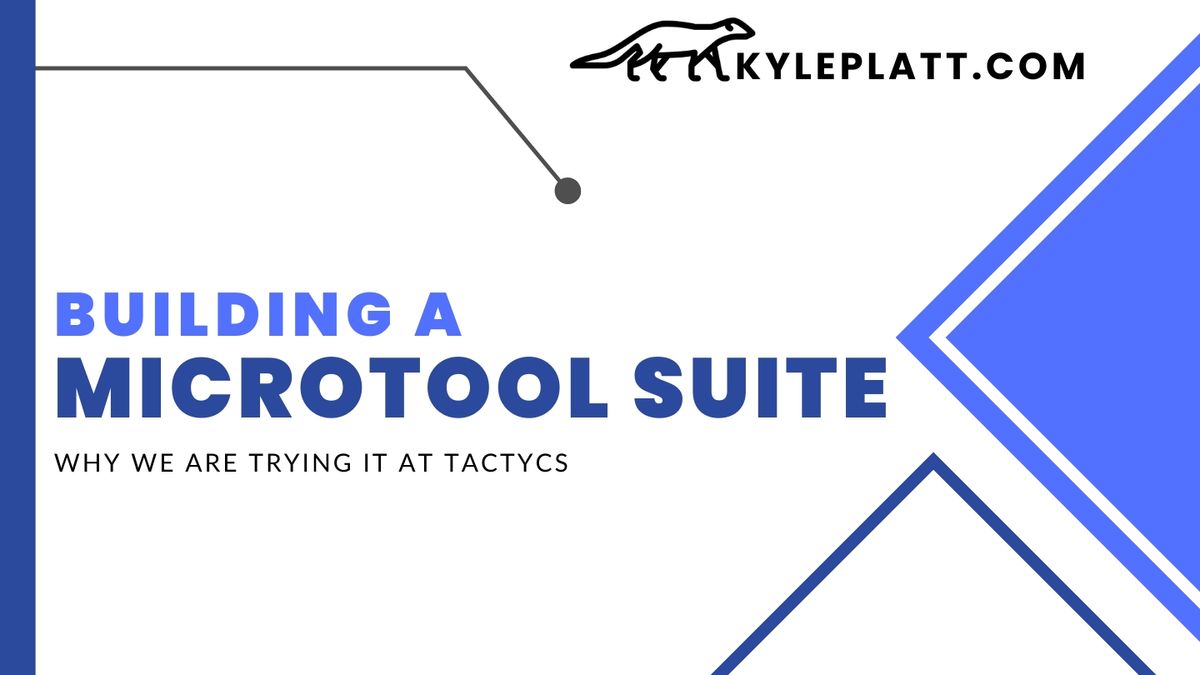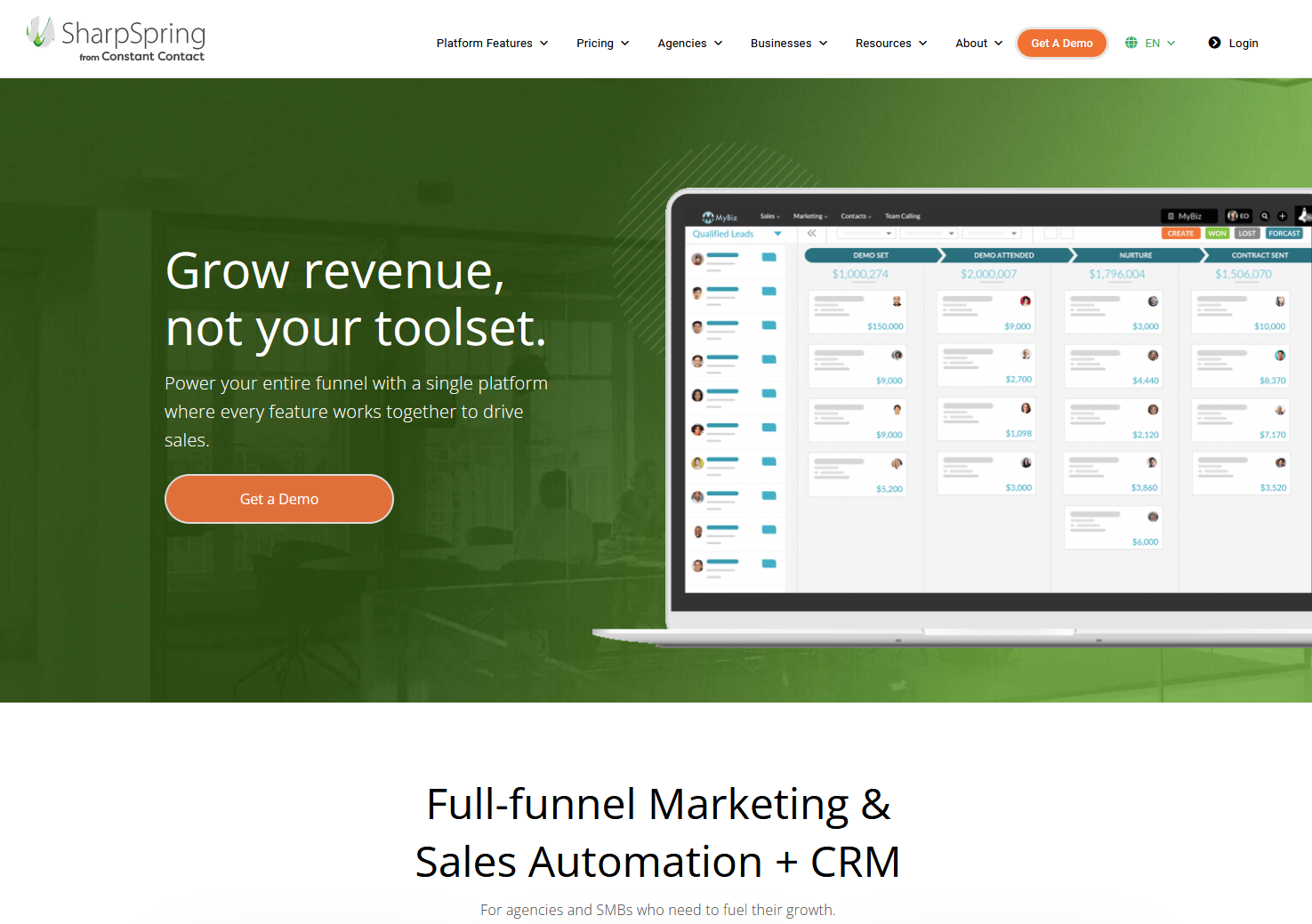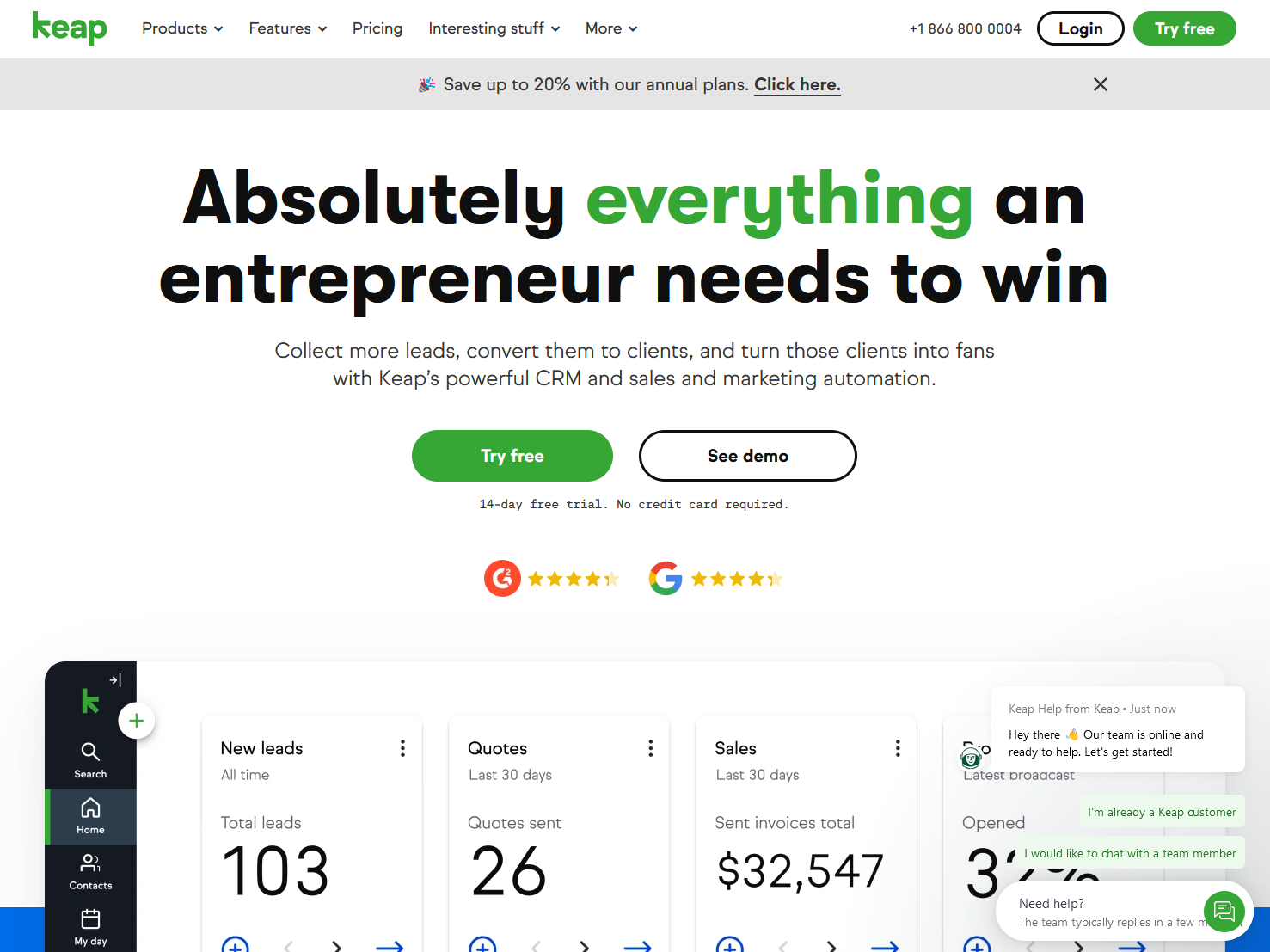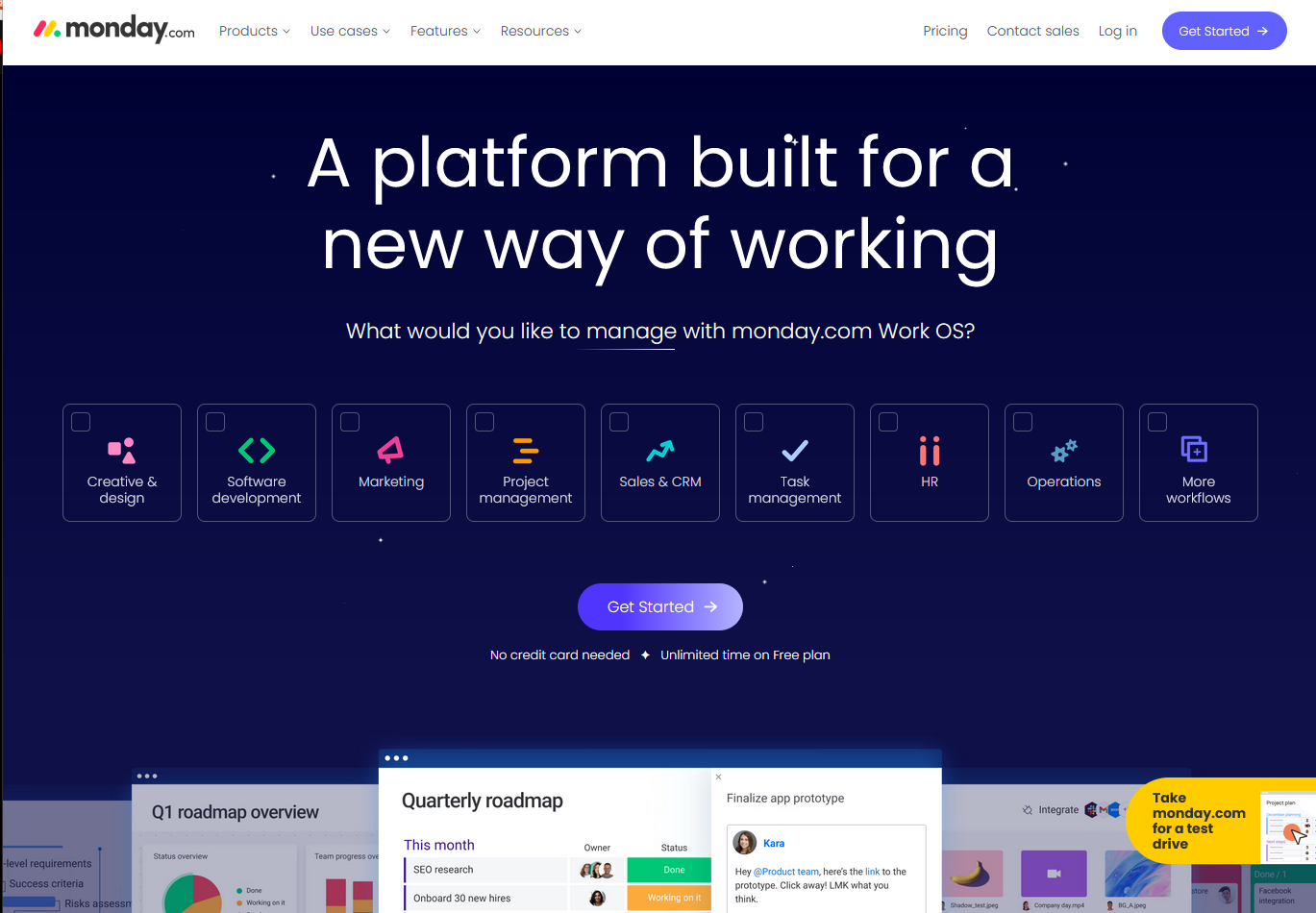Building A Microtool Suite - Why We Are Trying It At Tactycs
Your first question is probably, "what is a microtool suite?". Simply put, it's just a collection of small very specific tools and a suite because all of those tools have cohesion. Tactycs is an all-in-one tool that has many challenges that may be solved with a microtool suite.

Your first question is probably, "what is a microtool suite?". Good question! Simply put, it's just a collection of small very specific tools and in an ideal world, it is a suite because all of those tools have cohesion in some form. Tactycs is currently an all-in-one tool that has a whole host of challenges to work with. I am going to outline what we think the positives of this approach are and why it may help us break through some roadblocks with Tactycs.
What do I mean by a Microtool
A tool that is very small! In the context I am using it, it's a small piece of software that does a single very specific thing. Describing it as a microtool should change how you treat and view the piece of software you are building. It should be quick to use, quick to build, and not grow to be a 'bigger' piece of software with more features unless you are prepared for it to no longer be a microtool.
A simple example would be something like an auto twitter users follower tool. The tool would accept a Twitter handle as input and then over time start following them on your behalf in an attempt to get them to follow you back. The micro part of this is fairly obvious as it basically only performs one action. If you try and google for a tool like this, most of what you will see are bigger platforms that have this as a feature versus it being its sole feature.
How are Microtools typically used
This is not a unique concept in the marketing world. Microtools are used all the time to drive traffic and interest to a company's main software. Their goal is to give you instant value and from that push you into an upsell or initial conversion of their bigger product offerings. You see this with free tools such as Hubspots Free Online Form Builder. Hubspot is a massive, fairly expensive tool, but they offer little goodies like this to entice you into their ecosystem. Once they physically showcase their value, versus just telling you about it, you are much more strongly enticed to use more of their offerings.

Why a Suite
A microtool on its own can be useful, but only minimally so. It's not something you would try and build a successful business around. For my engineering readers you can draw a direct parallel to a microservices architecture. This microtool suite is the same thing just applied at a business level. Each 'service' has use but typically not enough to stand on its own. i.e. a user authentication service. But, if you group it with several other services, you end up with a cohesive system. In the same way, grouping these microtools into a suite should provide a cohesive system where the value is greater than the sum of its parts.
Challenges at Tactycs and why building a Microtool Suite addresses them
Tactycs is an all-in-one tool. With that comes a whole host of challenges including how it's marketed and how it's developed. Despite its moderate success, we feel breaking through these barriers is necessary for its evolution as a product.
Market Saturation
Knowing you are operating in a saturated market is definitely a burden, but it's not an impossible challenge. If you are curious about market saturation as a concept, check out my post:

The market for marketing tools is large but it is also incredibly full. Even though Tactycs provides some very unique advantages over its competitors it can be difficult to stand out. There are three main areas of focus, which all feed into each other, that I want to draw attention to. Specifically in how a microtool suite may tackle some of them.
Competitors
Since there are a lot of marketing tools, and a lot of them are all-in-ones, there is a ton of competition. This is the case even if your products do fairly different things. Customers looking for marketing tools have a cap on large tools they willingly introduce into their workflows. This could be for budgetary reasons but is also often a mental block.
By breaking apart your tooling you can remove a lot of that barrier to entry. The customer no longer thinks "I can't run Hubspot AND Tactycs, it's too much", they instead think "O cool, this little tool that Tactycs has fits perfectly with my processes in Hubspot". Before you know it that customer is using several of your microtools and is in the same place they would have been but with a much smoother ramp-up.
Pain Point Generalization
How do you describe a product that solves several problems? You typically have two options, list out every single pain point and how you solve it or generalize your description so it covers most of your pain points. Each has its pros and cons.
By describing every pain point you can make it clear that you are tackling a specific problem. However, it becomes messy. Building cohesion between pain points can become difficult and customers may miss ones that are important to them with all the noise.
Having a generalized description means that your position is cohesive. But, you may lose what you are actually solving or doing. An educated customer is typically searching around for a specific solution. When they come across a landing page that describes something generally they would most likely have to continue digging to identify whether that generalization actually covers the thing they care about. For example, Hubspot is a massive tool that covers a very broad set of problems and their main landing page reflects that:

As you can see their current hook is "Powerful, not overpowering". Okay, they are taking the emotional approach to start. They follow it up with "Finally, a CRM platform that’s both powerful and easy to use. Create delightful customer experiences. Have a delightful time doing it." They double down on the emotional approach (which I am a fan of), but you can also see that have generalized their entire pain point structure into "... a CRM platform that's both powerful and easy to use..." There is a good chance this doesn't resonate with prospective customers because they still do not know what it is doing or how it can help them specifically. Hubspot is such a juggernaut that most customers will accept the emotional hook and continue digging but this is absolutely not true for a large majority of smaller competitors where you need to catch their attention immediately.
Hopefully, the benefit of the microtool suite became more obvious as you read through both approaches. With it, you can get the pros of both and significantly reduce the cons. If a tool tackles a specific pain point you can sell it as tackling that specific pain point. It's important here that the tool provides near-instant gratification. If the user still has to sign up and try and dig the functionality out of a bigger tool, you lose a significant amount of the emotional hook you just built. If you have a suite of tools, that provides easy cohesion between themselves, then you can also describe the suite in a general way which enables you to have a solid home landing page that can still describe your entire company.
Marketing Noise
What happens when there are a whole bunch of platforms and solutions that compete? It can be incredibly difficult to cut through the noise. Keywords become more competitive. It becomes harder to stand out. Direct advertising becomes more expensive. Most of the tools end up feeling like the same thing over and over and this is most obvious with the bigger all-in-ones like Tactycs. This gallery shows several well-established companies landing pages with products like this. Without digging further you get the same vibes from each.



The question becomes, if you can get so specific with what you are building, does that cut through the noise? My instinct is that it should only help, not hurt it. By focusing marketing effort on a microtool you can set up a landing page that perfectly describes what it does and why a customer needs it. You can construct an SEO funnel that targets niche audiences for niche reasons. You can advertise to more specific people for hopefully much cheaper.
You no longer have to worry about getting on the first page of google for "marketing tool", which is impossibly competitive, instead, you focus on getting on the first page of google for "automatic Twitter follower tool" and 10 other tools in the same way. Effectively you are really enabling yourself to build your product and your SEO up piece by piece instead of landing a slam dunk.
Development
The final piece of this puzzle revolves around the development of Tactycs, or any microtool suite really. It forces an honest reflection of your team's capacity. These big all-in-one products need big teams to support them. They are incredibly powerful but require you to be good at so many things.

Well, most startups don't have that kind of manpower, Tactycs included. If you try and compete with large teams you end up playing the catch-up game forever, never being able to have everything they have AND having features that allow you to stand out. At Tactycs we tried to solve this by modularizing functionality. So Social Media focused functionality is mostly separated from Digital Ad functionality. This is a good step but only brought us part way. Everything is still connected through a large parent 'shell' that is needed to influence everything underneath it. What ends up happening is that things you build must be constructed in the most general way first and then build in specifics. Effectively we are making nobody happy. Customers expect the generality of it but really want more power for very specific execution tasks. Developers aren't happy because you need to pre-design everything to fit use cases that are potentially very far away or may not even end up being important at all.
For some context on Tactycs.
Tactycs works by gathering a bunch of information about you, your company, your audience, how you work, and more. It then generates a marketing plan, which then drives an automatically generated marketing calendar. From there you get into specific execution of your marketing such as posting content to social media. This is what I would call an outside-in approach. Focusing on big pieces and working our way down to the details. The product, and therefore, the current development process reflects this mentality.
The microtool suite proposal is a complete reversal of this. An inside-out approach. The intention being you validate and build a microtool in a very small amount of time and iterate the process repeatedly. After a few months, there should be a collection of 5-10 tools that all do very specific things and tackle very specific use cases or workflows. Over time this collection ends up making up an 'all-in-one tool' but you have achieved it in a significantly more flexible and sustainable way. A way that allows you to identify quick pivots, what's working and what isn't. This is especially intriguing to the team at Tactycs and myself, as a big proponent of bootstrapping and running very lean startups.
Conclusion
We are entering a 'pilot' phase of this at Tactycs to see what type of data can we get out of it. Big questions to answer are, can we market small tools? Do new and existing customers resonate with use-case specific approach? Can we develop at hyperspeed? The trial should determine big chunks of those questions and whether building a microtool suite is the correct approach. I look forward to sharing the details from both a business and engineering perspective on how we are doing this!
